Acquisitions – Buy Side Insurance Considerations

When you’re going through an acquisition on the buy side, insurance considerations are crucial for ensuring that the transaction goes smoothly and that you’re protected from potential liabilities.
Here are some key insurance-related aspects to consider:
1. Due Diligence
– Review Existing Policies: Evaluate the target company’s current insurance policies, including coverage details, limits, and exclusions. Understand the scope of coverage for property, liability, and employee-related risks.
– Claims History: Investigate the target’s claims history to identify any past issues that might affect future claims or premiums.
2. Coverage Gaps
– Identify Gaps: Look for any gaps or deficiencies in the target company’s existing
coverage that might expose you to risk after the acquisition.
– Compare Policies: Ensure that the coverage provided by the target’s insurance policies align with your needs post-acquisition.
3. Transition and Continuity
– Policy Transfer: Check if existing insurance policies can be transferred to your company post-acquisition or if new policies need to be issued.
– Run-Off Coverage: Consider obtaining run-off or tail coverage for any claims arising
from activities that occurred before the acquisition but might emerge afterward.
4. Indemnification and Representations
– Indemnification Clauses: Review the indemnification provisions in the acquisition
agreement to ensure they adequately protect you against any unforeseen liabilities.
– Representations and Warranties: Make sure the representations and warranties related to insurance are accurate and that there are provisions for breaches.
5. Regulatory Compliance
– Compliance Check: Ensure that the target company complies with all insurance-related regulatory requirements and that there are no outstanding issues with regulatory bodies.
– State and Federal Requirements: Be aware of any state and federal regulations that
might impact insurance coverage, especially if the target operates in multiple
jurisdictions.
6. Cost Implications
– Premium Adjustments: Understand how the acquisition might impact insurance premiums and costs. This includes potential increases due to changes in risk profiles or coverage needs.
– Contingency Planning: Budget for any additional insurance costs that may arise from the acquisition.
7. Integration Planning
– Integration Strategy: Develop a strategy for integrating the target company’s insurance programs with your existing insurance policies.
– Communication: Communicate with your insurance providers about the acquisition to ensure a smooth transition and adjust coverage as necessary.
8. Consultation with Experts
– Insurance Brokers: Work with insurance brokers or consultants who specialize in mergers and acquisitions to get tailored advice and support.
– Legal Counsel: Consult with legal counsel to ensure that all insurance-related aspects are covered in the acquisition agreement and to navigate any complex issues.
Addressing these considerations can help mitigate risks and ensure that you’re adequately protected throughout the acquisition process.
